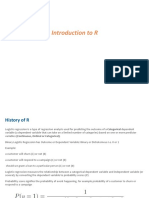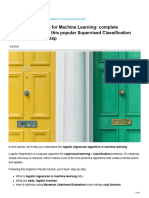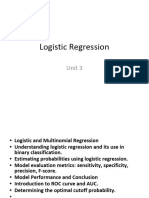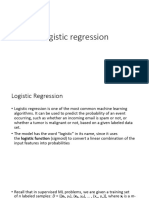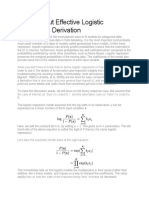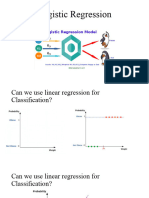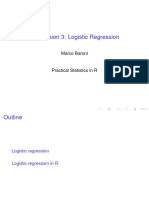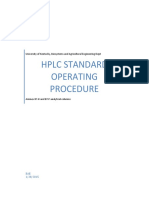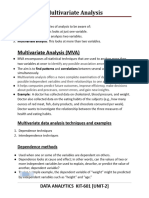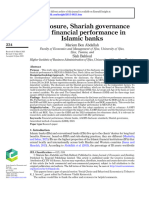0% found this document useful (0 votes)
18 views23 pagesML2 Logistic Regression
The document provides a comprehensive overview of logistic regression, detailing its application in binary classification problems, the mathematical formulation, and the estimation of probabilities. It covers key concepts such as cost functions, performance metrics, and optimization techniques, including gradient descent. Additionally, it discusses the importance of ROC curves, AUC, and precision-recall metrics in evaluating model performance.
Uploaded by
AjflashCopyright
© © All Rights Reserved
We take content rights seriously. If you suspect this is your content, claim it here.
Available Formats
Download as PDF, TXT or read online on Scribd
0% found this document useful (0 votes)
18 views23 pagesML2 Logistic Regression
The document provides a comprehensive overview of logistic regression, detailing its application in binary classification problems, the mathematical formulation, and the estimation of probabilities. It covers key concepts such as cost functions, performance metrics, and optimization techniques, including gradient descent. Additionally, it discusses the importance of ROC curves, AUC, and precision-recall metrics in evaluating model performance.
Uploaded by
AjflashCopyright
© © All Rights Reserved
We take content rights seriously. If you suspect this is your content, claim it here.
Available Formats
Download as PDF, TXT or read online on Scribd
/ 23
